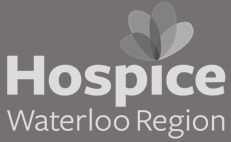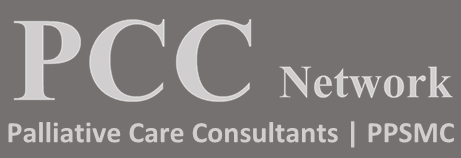Pruritus
Pruritus, or itch, is not the most common symptom experienced by persons benefiting from a palliative approach to care; however, when it happens – especially in a chronic way, it can cause intense suffering and lead to decreased quality of life.
Pruritus is often described as an unpleasant sensation of the skin or mucous membranes that provokes the desire to scratch or rub. 1,2 While there isn’t one evidence-informed approach to treating itch, working to understand the pathophysiology behind why the person is experiencing pruritus will guide options for relieving it.
Essentially, there are 4 categories of pruritus1:
- Prurioreceptive pruritus happens when the itch originates in the skin. This sensation begins in the free nerve endings of the skin and gets transmitted along unmyelinated C fibres to the spinal cord and relayed via the spinothalamic tract to the brain, where a person first perceives the sensation as an itch. The motor reflex to scratch stimulates other sensory fibres, which in turn work to block the sensation of itch. Although histamine is one of the well-known chemical mediators (i.e., pruritogens) that stimulate the C fibres, there are several others such as serotonin, cytokines, prostaglandins, and neuropeptides3, which in part explains why not all itch responds to treatment with antihistamines.
- Neuropathic pruritus occurs when there is damage anywhere along the afferent pathway. Examples of this type include: postherpetic itch or itch secondary to a brain tumour.
- Neurogenic pruritus gets induced in the central nervous system and is unresponsive to antihistamines. Opioid and serotonin receptors can alter central inhibitory circuits and, in this way, reset the itch threshold. Uremic and cholestatic itch are examples of neurogenic pruritus.
- Psychogenic pruritus is associated with certain psychiatric disorders and is the least common cause of itch.
When we care for persons experiencing severe pruritus, they often have advanced disease associated with uremia (chronic renal failure), cholestasis, opioids, solid tumours (paraneoplasia), and hematologic disorders, and therapies targeting the cause should be used.1,2,3
Regardless of the cause of itch, general skin care measures are important: 1,2,3
- Since dry skin often accompanies many of these conditions, use emollients to help lubricate the skin.
- Bathing should be minimized and when done, use tepid water with mild, unscented soap.
- Encourage the use of loose, non-irritating clothing such as cotton.
- Avoid using perfumed creams and lotions or applications containing alcohol.
- Keep nails short and clean (to avoid scratching or secondary infections)
- Keep the environment cool and humidified if possible.
Resources
- Seccareccia, D., Gebara, N. Pruritus in palliative care. Canadian Family Physician. 2011 Sep; 57(9): 1010–1013.
- C. Inter-Professional Palliative Symptom Management Guidelines: Pruritus BC Centre for Palliative Care. 2017.
- The Pallium Palliative Pocketbook: a peer-reviewed, referenced resource. 2nd Cdn ed. Ottawa, Canada: Pallium Canada; 2020.
Download Tip of the Month
PDF – Pruritus




